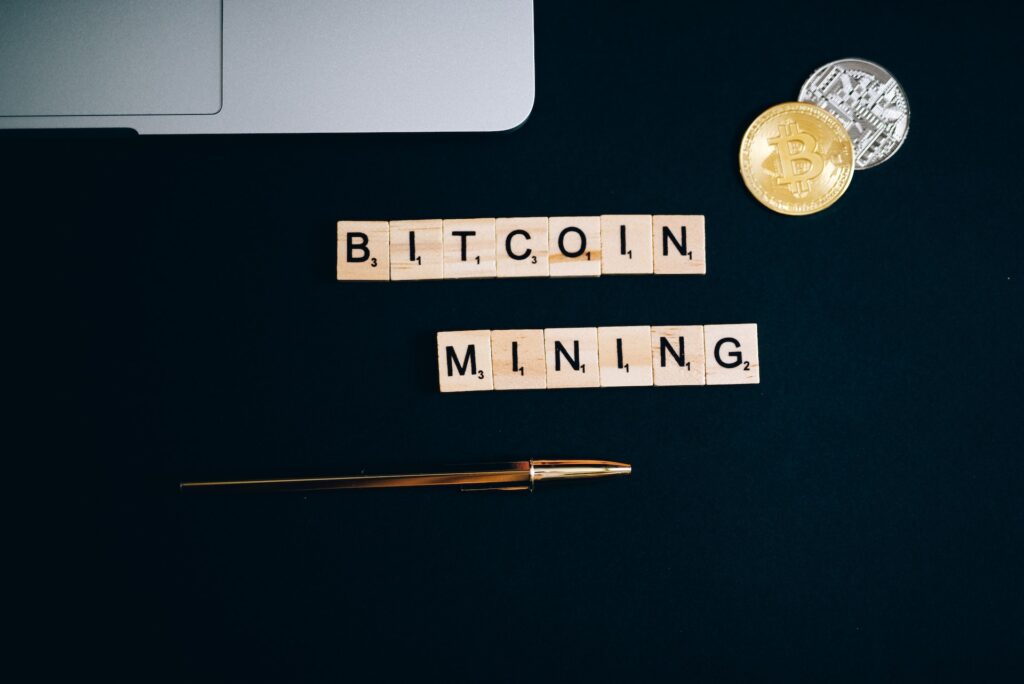
How Does Bitcoin Mining Work?
Bitcoin mining is the process by which new bitcoins are created, and transactions are verified on the Bitcoin network. Here’s how it works:
- Transactions are gathered into blocks and broadcast to the network.
- Miners compete to solve a complex mathematical problem known as a “hash” to validate the transactions and add the block to the blockchain.
- The first miner to solve the hash adds the block to the blockchain and is rewarded with newly minted bitcoins.
- Proof-of-work is the process of solving the hash and adding the block to the blockchain. It is used to maintain the integrity of the Bitcoin network by preventing double-spending and other malicious activities.
- The newly added block is broadcast to the network, and the process repeats, creating a chain of blocks (the blockchain) that contains a permanent and unalterable record of all transactions on the web.
The process of mining requires a lot of computational power, which is why miners often join together in “mining pools” to increase their chances of earning rewards as more miners join the network, the difficulty of solving the hash increases, requiring even more computational power to maintain a stable rate of block creation.

